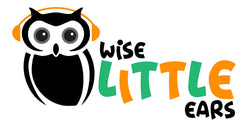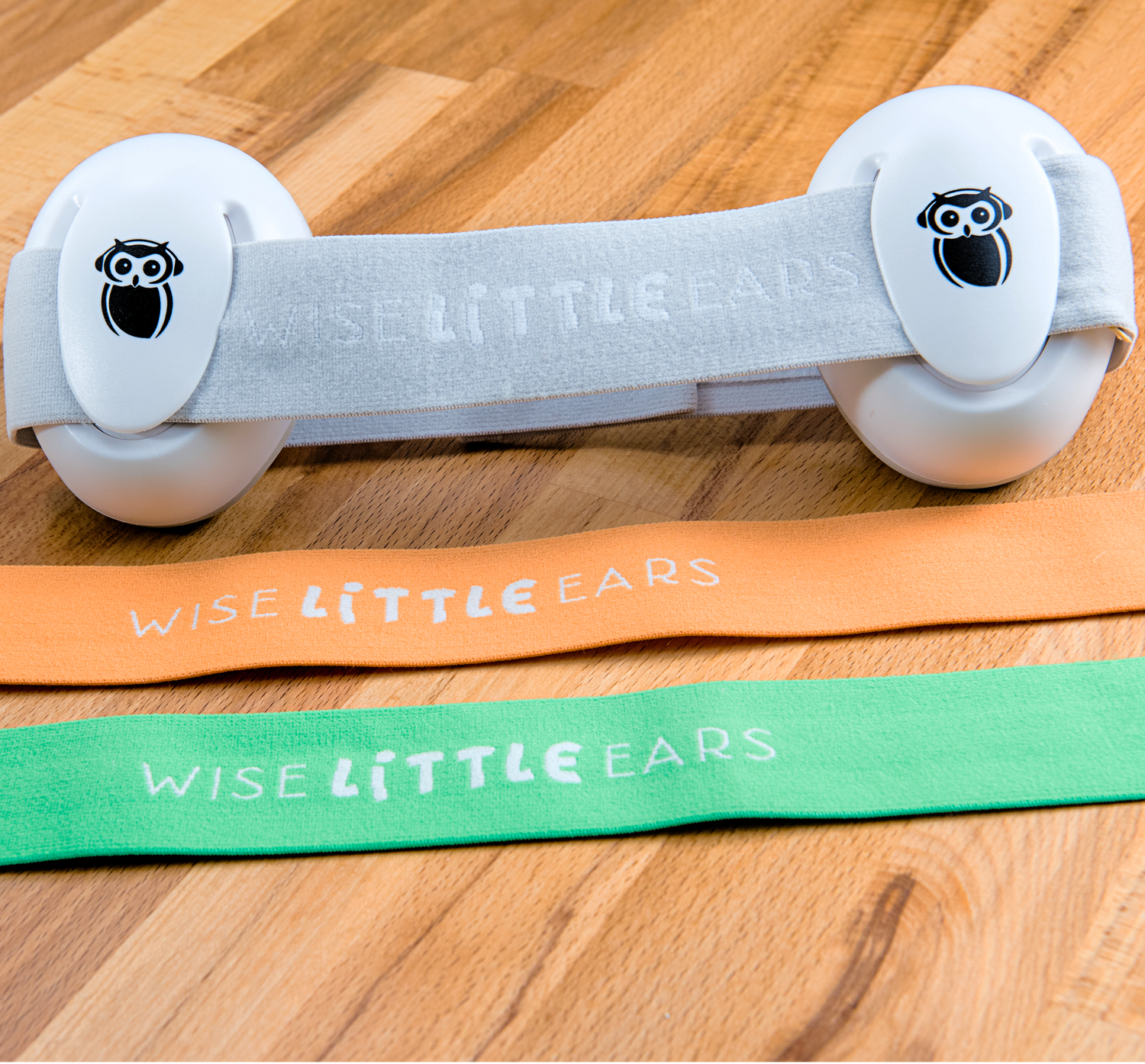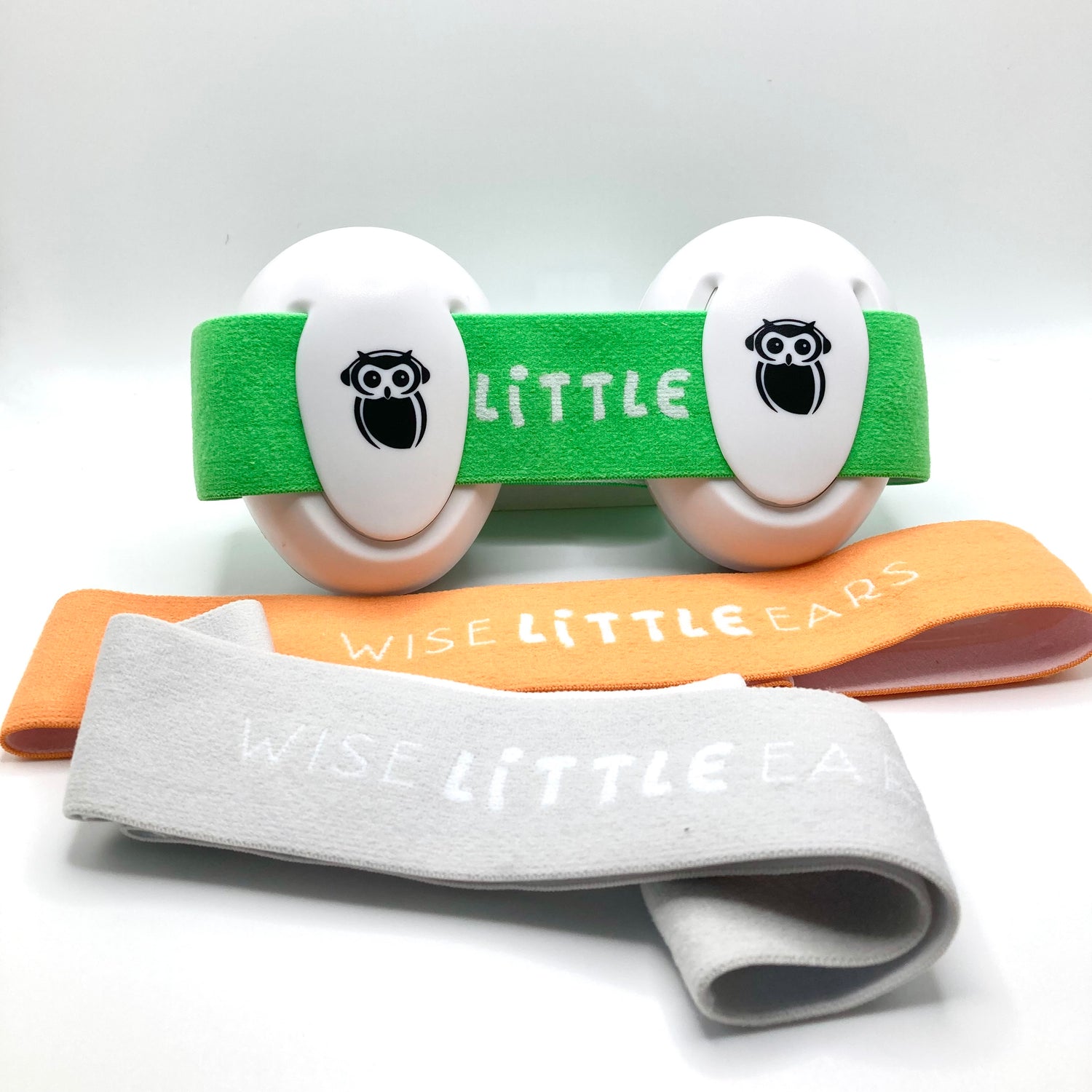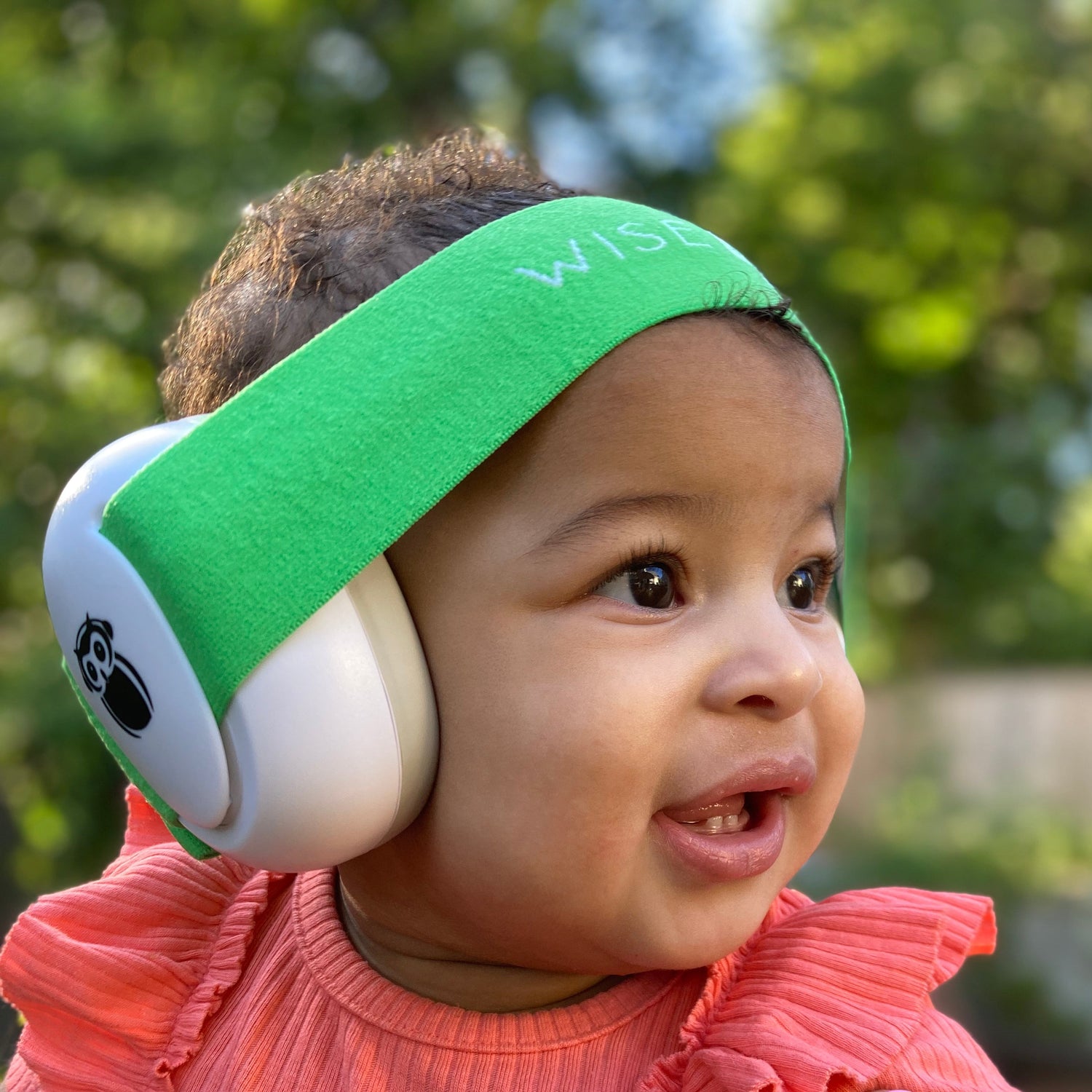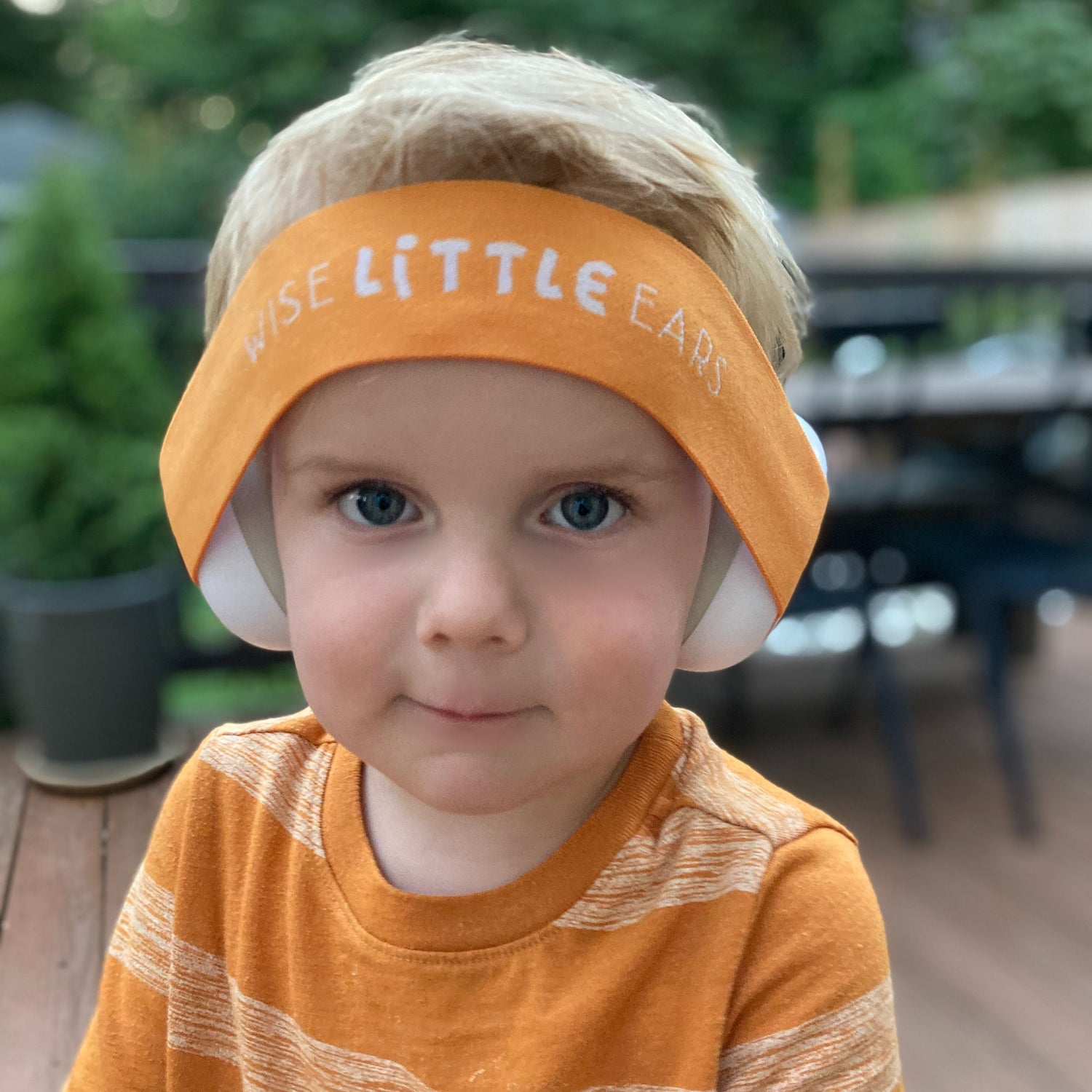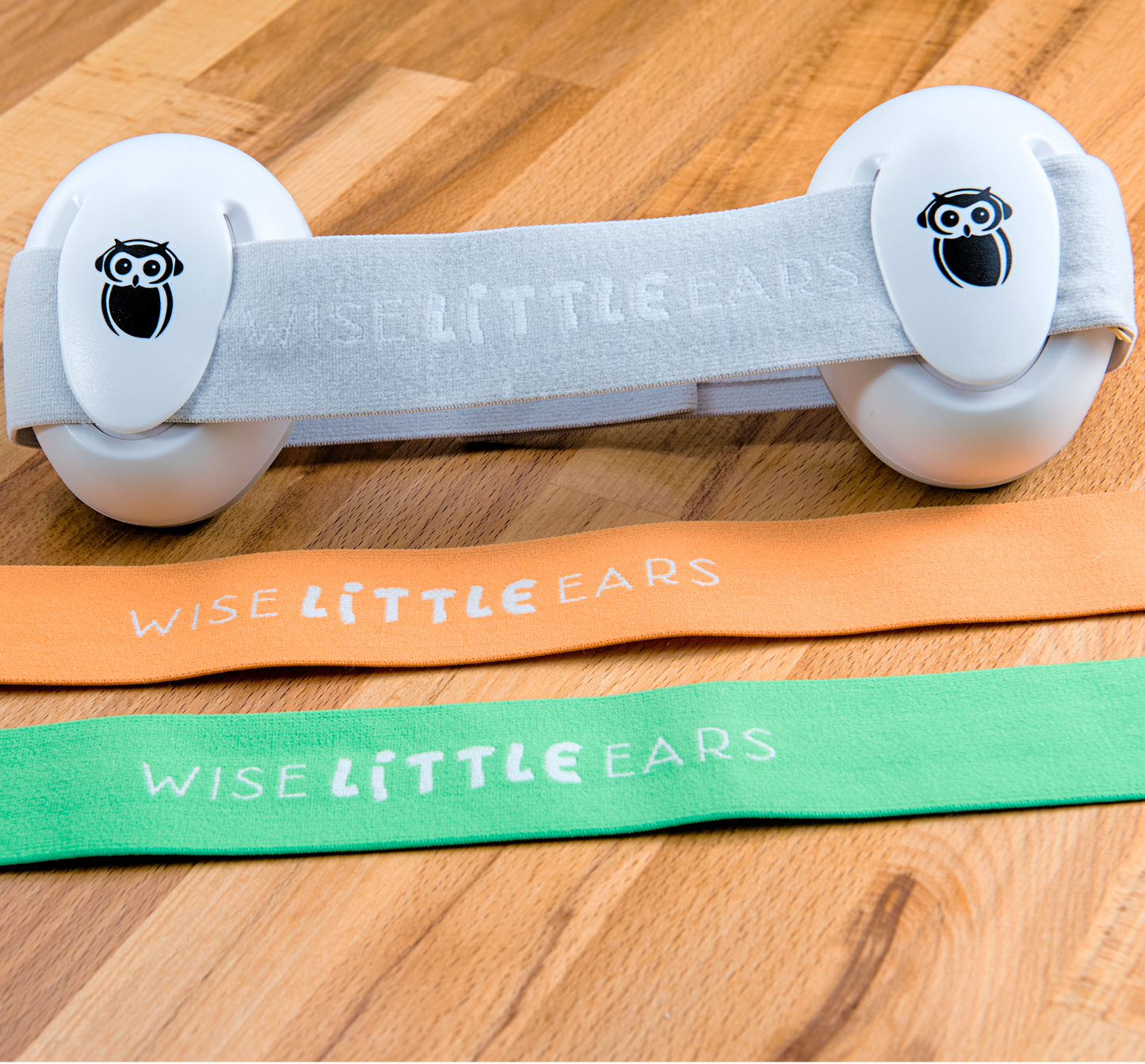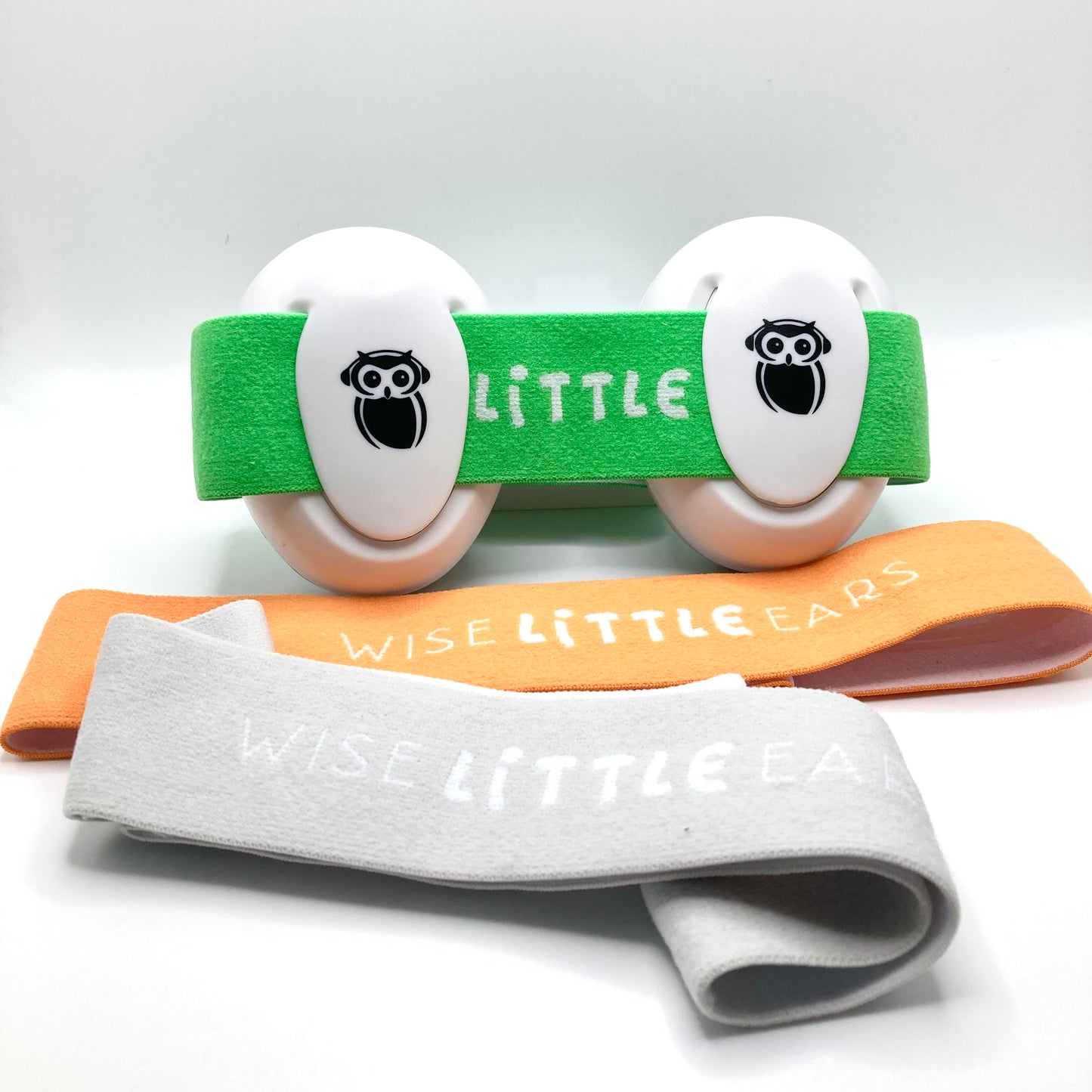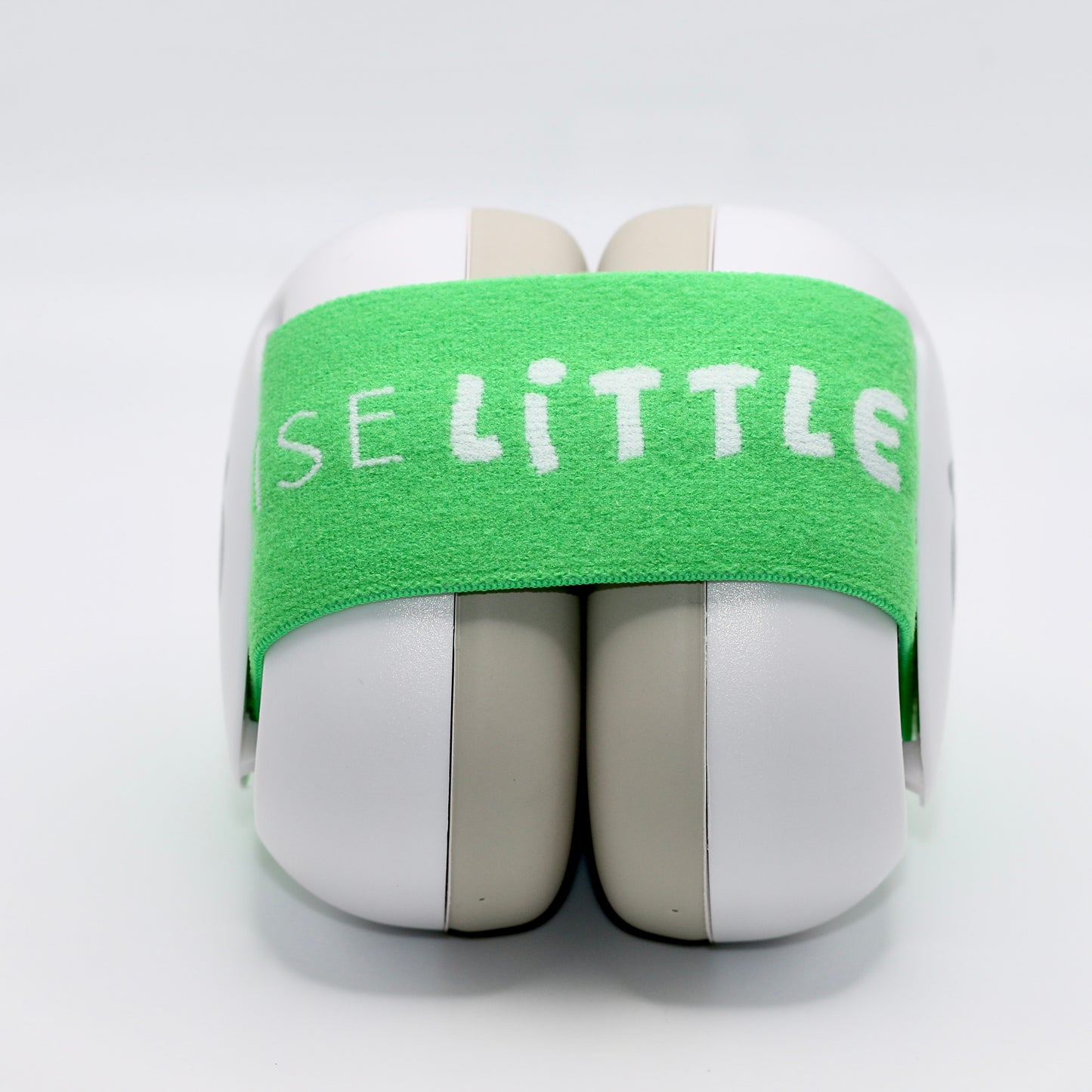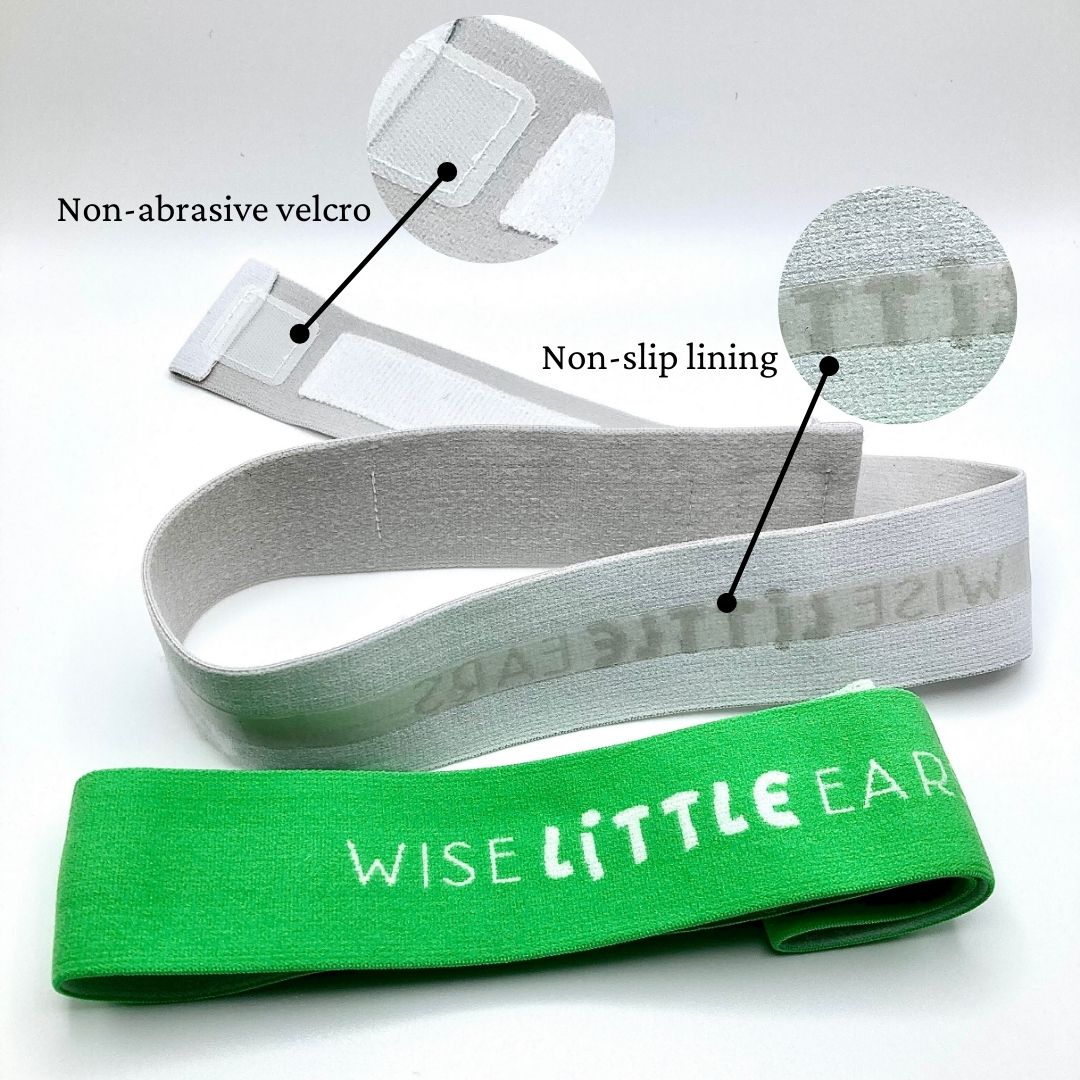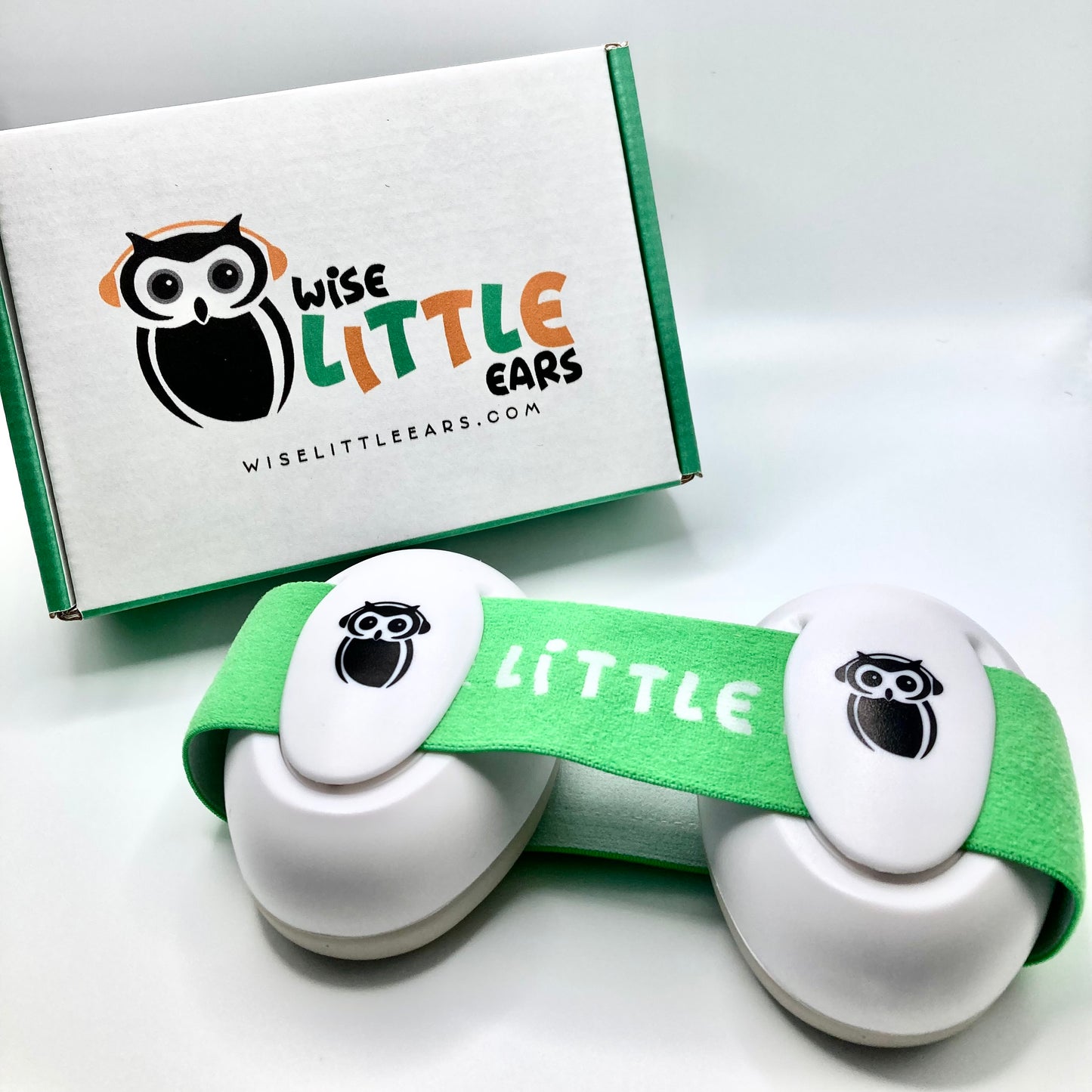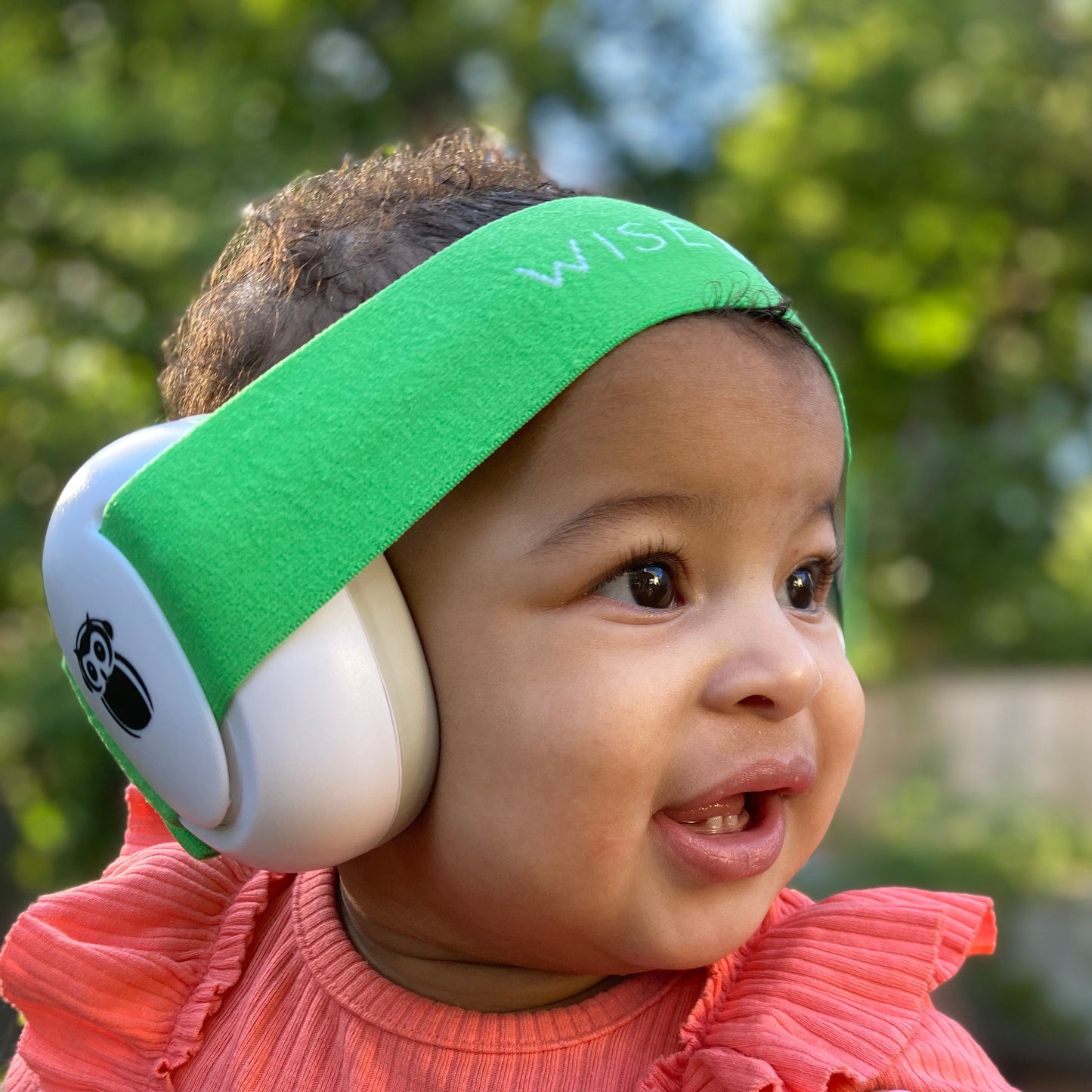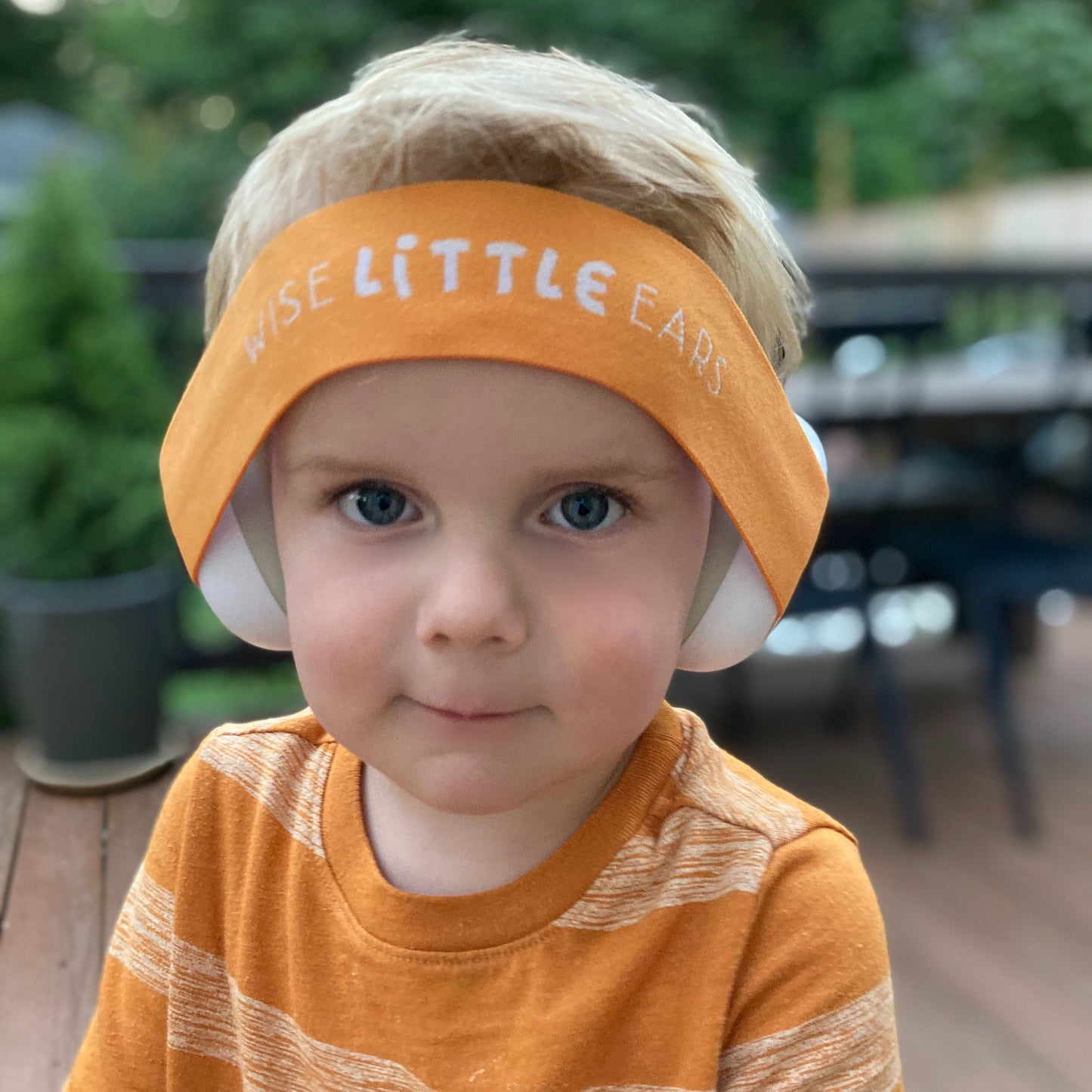As a parent of a young child, you are probably familiar with childhood developmental milestones. Many parents aren't aware, however, that hearing has milestones too, and that many of them intersect with developmental milestones that you may already be familiar with. It is worth mentioning that hearing milestones, like other developmental milestones, fall within a range because children all develop at different rates.
One of the first hearing milestones to be on the lookout for is the Moro or startle reflex. This is one of the earliest signs that your child's hearing is or is not on track. The Moro reflex is an involuntary response that causes newborns to suddenly move their arms and/or legs in response to stimuli such as sound, light or movement. Hearing loss is not the only reason that an infant may have an abnormal Moro reflex. A healthcare professional will conduct an evaluation to confirm or rule out hearing loss as a factor in a Moro reflex delay.
The following graphic shows childhood hearing milestones by months from 0-24. It is helpful to reference these childhood hearing milestones alongside the CDC milestones. As is true with other developmental delays, hearing concerns should be discussed with your pediatrician and addressed as soon as possible.
Why Hearing Milestones Matter
Hearing delays can be caused by a multitude of reasons. Ear infection, injury, compacted wax or genetic factors are some of the most common reasons. When left untreated, a hearing condition can lead to delays in speech and language development. Often times, a child's hearing condition is only detected as a result of a language delay. But language delays are not necessarily the first signs of hearing loss, which is why it is so important to familiarize yourself with childhood hearing milestones. Early prevention is key, and parents are crucial in detecting problems as soon as possible. Happy Hearing!
Happy Hearing!
Lara and Mabel
